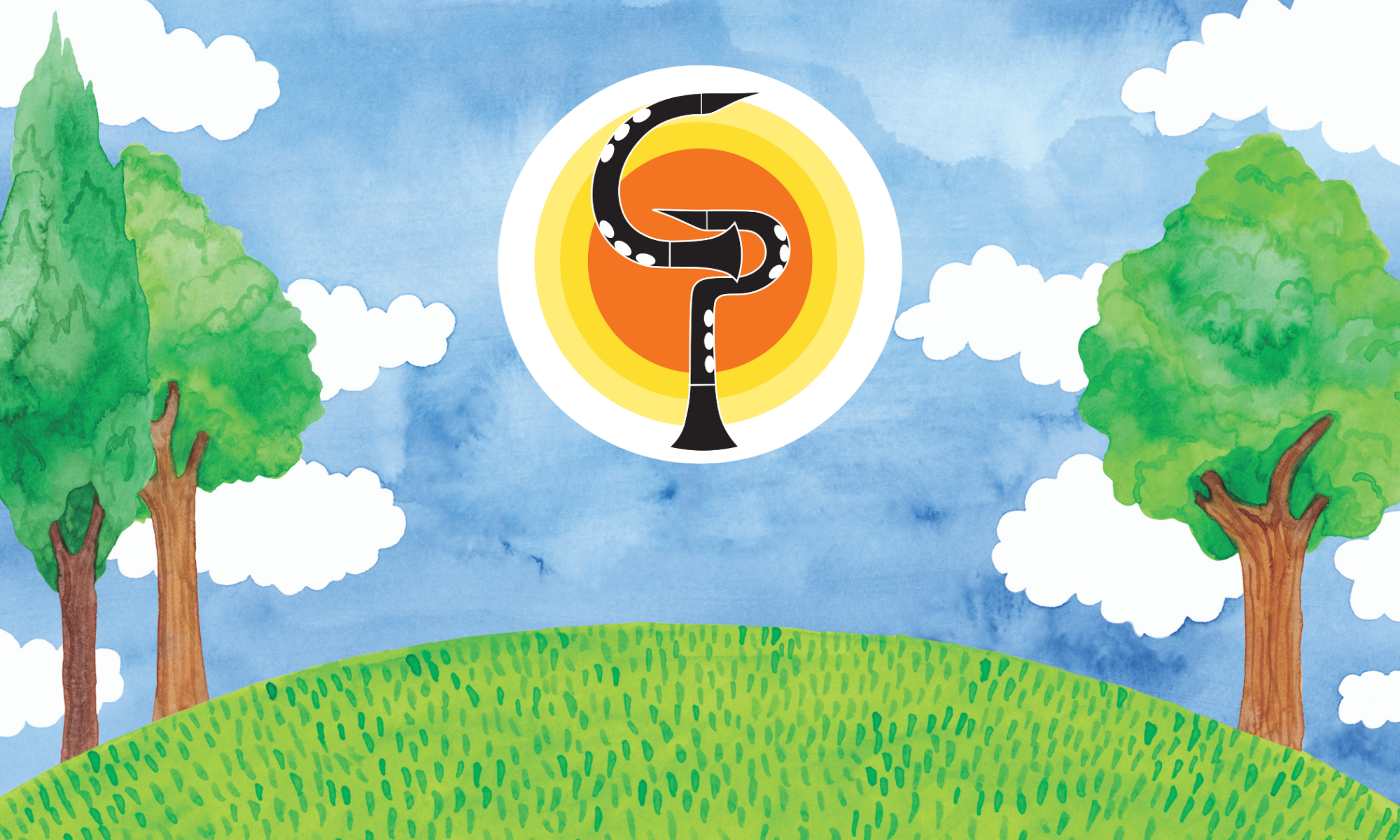With so much discussion about fundamentals and the logistics of playing the clarinet, we must remember that the end product is music! Just as an eloquent speaker began at some point with learning their letters as a young child, so must a beginning musician learn the individual notes or the language
of music before being able to produce a musical result. Through the notes, you must find what you want to say. While some may argue that musical expression is impossible to teach, I believe that it can be directed or modeled in a very detailed way and then the student can learn to apply that experience to a new phrase or piece of music.

On a more practical level, expressiveness can come through in the music by having sensible shapes in the musical lines. The more you learn about music, the easier it will be for you to know, for example, where the melody is leading or how the harmony is shaping the melody. As you are first starting out, closely examine how composers use dynamics, crescendos and decrescendos, accents, articulation patterns and rhythms to help distinguish the musical phrases. Listen to a wide variety of musicians to get a feel for how others approach musical shapes and lines.
Returning to the eloquent speaker analogy, much of the expressiveness in music comes from inflection. A crescendo is never a precise mathematical increase in volume but rather an overall gradual increase combined with natural ups and downs along the way. This inflection also comes from understanding the function of musical events, such as appoggiaturas, where a leap in the music is followed by a step. When the step moves in the opposite direction of the leap, it can be even more powerful. Treat appoggiaturas with a crescendo leading towards the leap then decrescendo on the step up or down. Watch THIS VIDEO for a short lesson on appoggiaturas and escape tones. When we have these non-chord notes, we can lean on them and/or give them extra time to show more expression.
Listening to great classical and popular singers can sometimes be the best place to start when searching for musical expression. Think of a song you know that always gets your emotions revved up. Try playing the melody of the song on your clarinet and see if you are able to be just as expressive and feel the same result. Next, listen to your clarinet heroes playing slow pieces in particular. Think about what they are doing to make the music come to life. The more you listen and absorb, the more these ideas will naturally make their way into your own playing.

Finally, expression can stem from your own intuition, your passion for the music itself, an inner connection to emotions or the ability to access emotions from life experiences and then communicate all of it through your instrument. It also comes from the idea of letting go and trusting yourself. Expressing yourself through music can be quite an exhilarating and rewarding experience for both the musician and listener.





